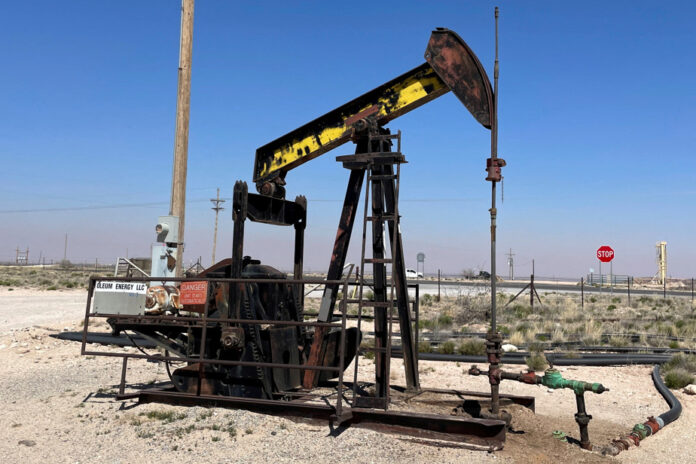(London) Oil prices remained slightly up on Friday, driven by encouraging economic indicators from China which should support the country’s demand, when the market still fears a significant supply deficit in the fourth quarter.
Around 5:25 a.m. ET, a barrel of North Sea Brent for November delivery was up 0.23% at $93.92, after peaking as high as $94.63.
Its American equivalent, a barrel of West Texas Intermediate (WTI), for delivery in October, gained 0.31% to 90.44 dollars, shortly after touching 91.15 dollars.
Since the start of July, WTI has surged nearly 26% and Brent more than 28%.
Oil prices continue to rise “thanks to stronger than expected macroeconomic data in China,” comment DNB analysts.
The Chinese economy indeed regained some color in August. Retail sales, the main indicator of household consumption, rose 4.6% year-on-year last month, according to official figures from the National Bureau of Statistics (NBS).
Industrial production also accelerated sharply in August (4.5% year-on-year), at a much faster pace than in July (3.7%) and higher than analysts’ expectations.
The state of health of the economy of the country, the largest importer of crude oil in the world, is scrutinized by investors, being linked to the level of demand.
At the same time, the rise in prices was also “encouraged by the resilience of the US economy”, explains Han tan, analyst at Exinity, “with the world’s two largest economies expected to support global oil demand”.
Earlier in the week, major energy institutions “raised the prospect of an undersupplied market in the final quarter of the year, in response to Saudi Arabia and Russia extending their voluntary production cuts ( and exports, Editor’s note) until the end of the year”, also recalls Barbara Lambrecht, of Commerzbank.
These fears of shortages combined with reduced supply from the two heavyweights of the Organization of the Petroleum Exporting Countries and their allies (OPEC) offered some support to crude prices.















